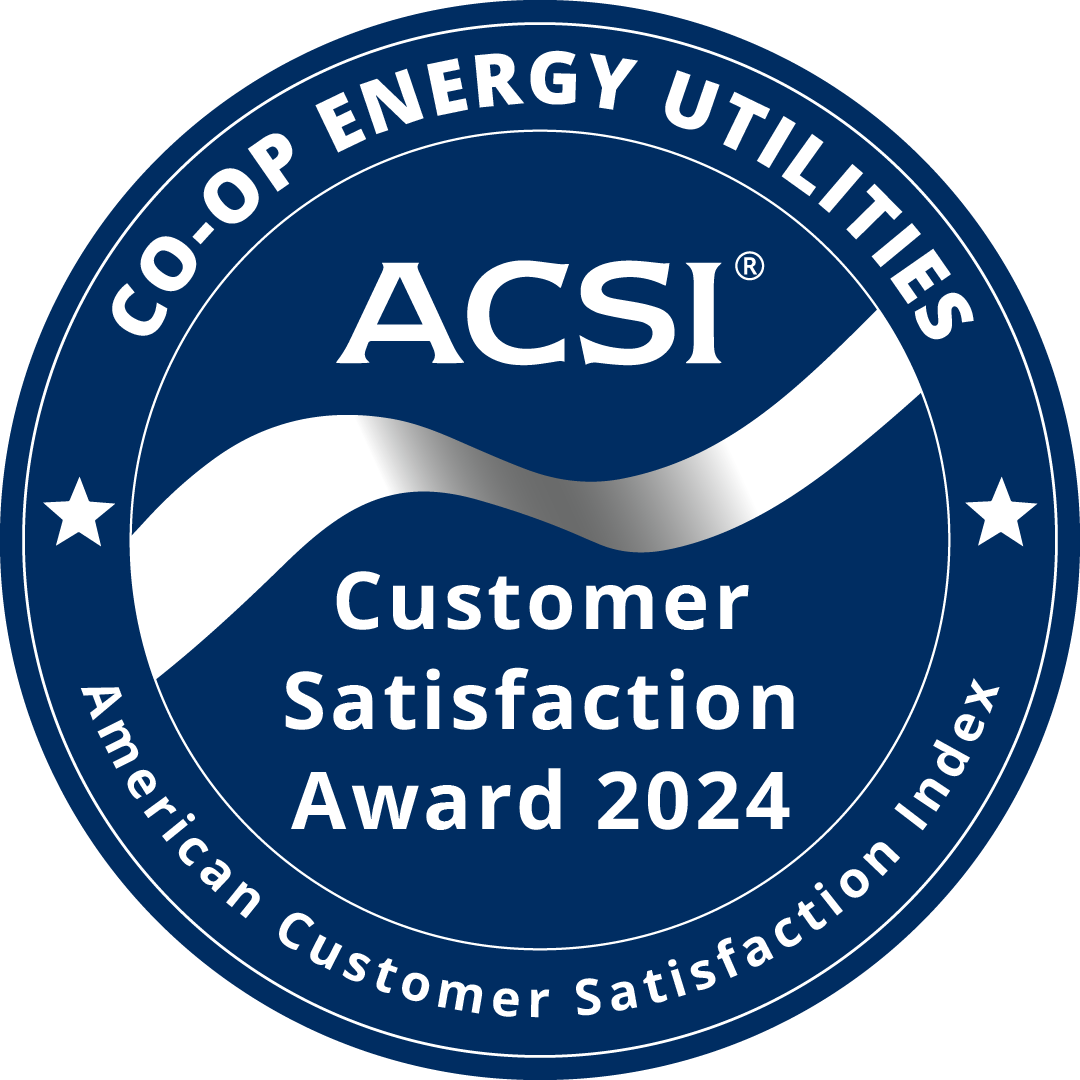Member-owned Renewable Energy Installations
Dunn Energy Cooperative, along with Dairyland Power Cooperative, has limited the maximum size of member-owned renewable energy installations to 20kW (AC) or less.
How do I get started?
- Contact our Energy Specialist to make sure your project qualifies
- Fill out and submit the Distributed Generation application (below)
- Pay the application and commissioning fees
- Contact your township's building inspector for any required permits/inspections
How do I start producing power?
- Once your system is installed, make an appointment for the final anti-island inspection
Application and Commissioning Fee Breakdown
| System Size | Application Fee | Commissioning Fee |
| 1-8kW | $150 | $150 |
| 9-20kW | $300 | $150 |
| 20-200kW | $300 + $10/kW | $250 |
| 200kW - 1MW | $2,000 + $2/kW | $1,000 |
| 1-15MW | $4,000 + $.050/kW | $2,500 |
Transformer Upgrade Fees for Renewable Energy Projects
| 15 kVa OH | $1,500.00 |
| 25 kVa OH | $1,750.00 |
| 15 kVa UG | $2,000.00 |
| 25 kVa UG | $2,100.00 |
| 37.5 kVa UG | $2,250.00 |
| 50 kVa UG | $2,500.00 |
10 Things to Do Before Installing Solar
Solar Testing Procedure Checklist
Department Contact
Community-Owned Solar
SunDEC is Dunn Energy Cooperative's 100kW Community Solar array. The array is located southeast of Menomonie on 370th Avenue in the Town of Dunn. SunDEC went into operation in February of 2017 and is built on the same site as the Dairyland Power Cooperative 1 Megawatt solar array.


